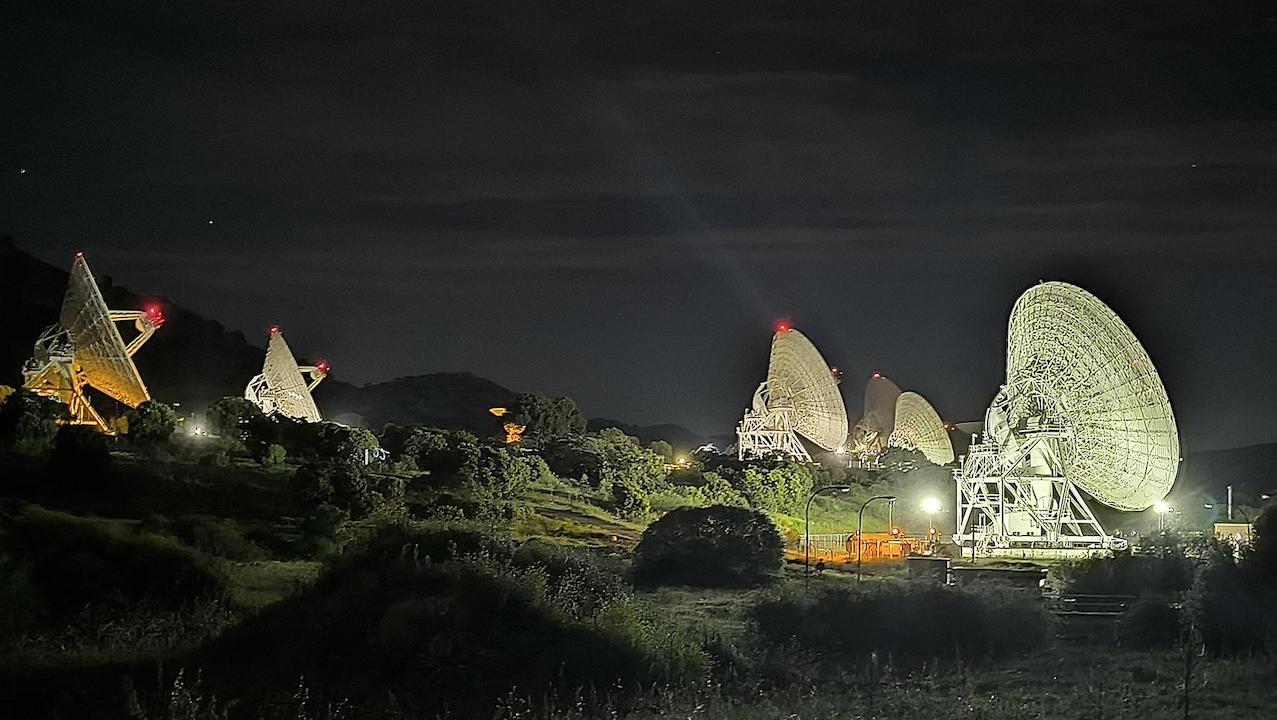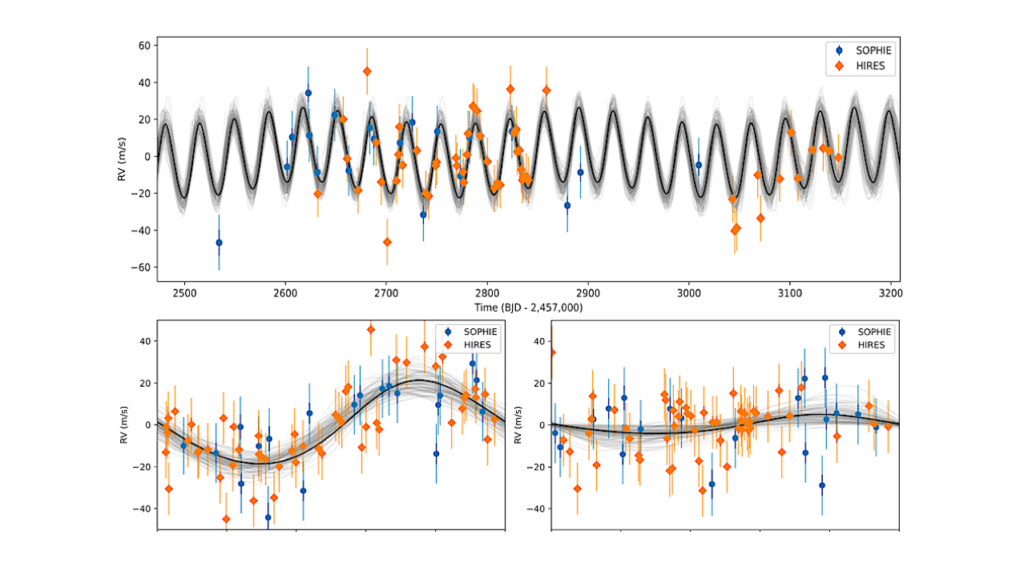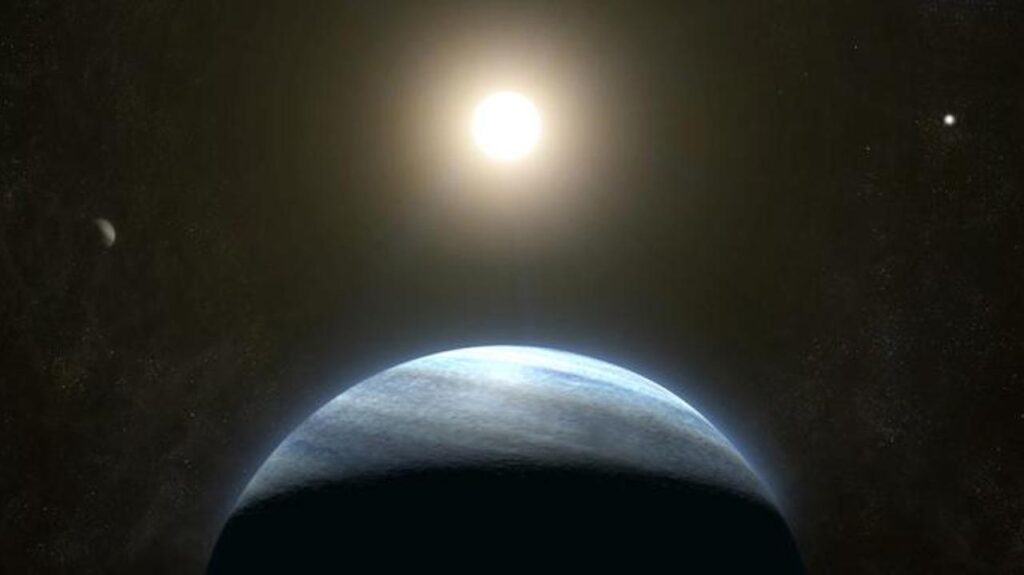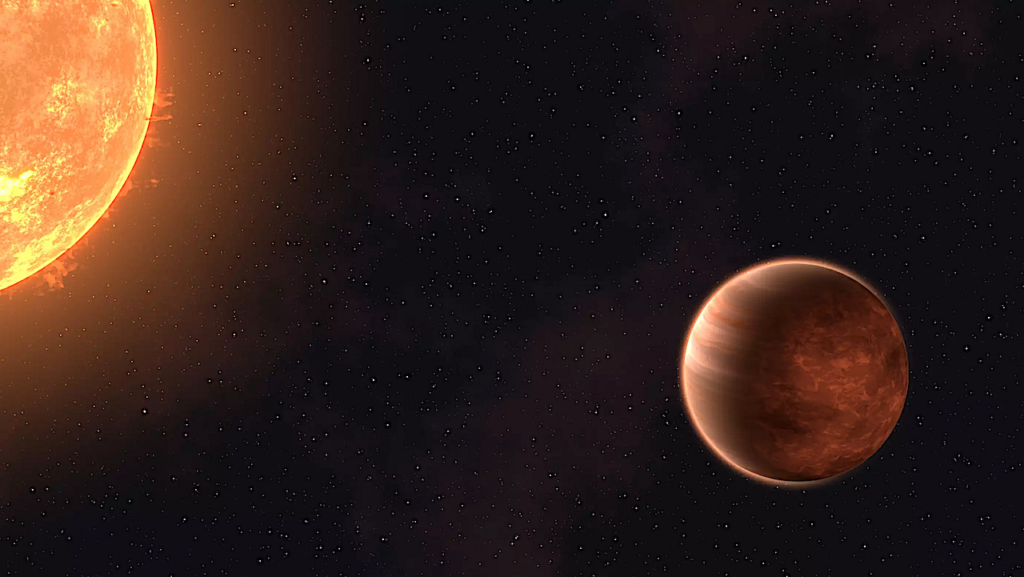Talking Interstellar: Six Deep Space Network Antennas in Madrid Arrayed For the First Time

“We must reach far beyond our own lifespans. We must think not as individuals but as a species. We must confront the reality of interstellar travel.” — Professor Brand “Interstellar”.
——
In a historic first, all six radio frequency antennas at the Madrid Deep Space Communication Complex – part of NASA’s Deep Space Network (DSN) – carried out a test to receive data from the agency’s Voyager 1 spacecraft at the same time on April 20, 2024. Known as “arraying,” combining the receiving power of several antennas allows the DSN to collect the very faint signals from faraway spacecraft. A five-antenna array is currently needed to downlink science data from the spacecraft’s Plasma Wave System (PWS) instrument. As Voyager gets further way, six antennas will be needed.
The Voyager team is currently working to fix an issue on the spacecraft that has prevented it from sending back science data since November.
Though the antennas located at the DSN’s three complexes – Goldstone in California, Canberra in Australia, and Madrid – have been arrayed before, this is the first instance of six antennas being arrayed at once. Madrid is the only deep space communication complex currently with six operational antennas (the other two complexes have four apiece). Each complex consists of one 70-meter (230-foot) antenna and several 34-meter (112-foot) antennas.

Voyager 1 is over 15 billion miles (24 billion kilometers) away, so its signal on Earth is far fainter than any other spacecraft with which the DSN communicates. It currently takes Voyager 1’s signal over 22 ½ hours to travel from the spacecraft to Earth. To better receive Voyager 1’s radio communications, a large antenna – or an array of multiple smaller antennas – can be used.
Voyager 1 and its twin, Voyager 2, are the only spacecraft ever to fly in interstellar space (the space between stars).
Astrobiology, Interstellar,








